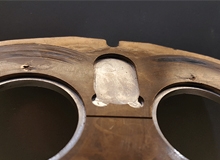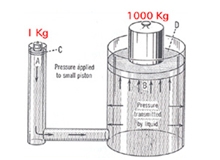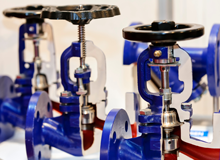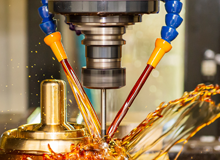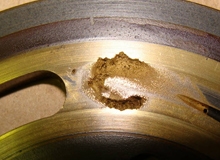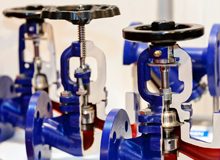Forestry Products Resources
Forestry Products
Making smart design decisions, particularly in relation to the suction line, can avoid potentially severe cavitation-induced damage to hydraulic pumps.
Workplace safety is—or should be—a primary focus of every organization, regardless of whether we’re talking about a classroom, an office, a manufacturing facility, or an oil rig. Employees deserve a workspace that is as safe and secure as it can possibly be.
When discussing fluid power, pressure is the basis for producing any kind of work. Work cannot be achieved without pressure. In order to understand the finer points of fluid power, one must first understand the concept of pressure
In recent years, portable filtration units, often referred to as filter carts, have become a common tool in the lubrication professional’s arsenal. Increasing demand for these systems has led to the development of a wide range of new products and driven down prices, which is a good thing. When filter carts first came onto the scene they were primarily used by service providers for decontaminating large systems. These early models were typically designed for low viscosity oils in large volume systems and were on the expensive side, making them unsuitable or impractical for many applications.
Operational efficiency is a critical factor in the fluid processing industry. The synergy of fitting components and assembly technology to achieve this objective is the focus of Fit-LINE, Inc. Applying extensive polymer technology and injection molding expertise, the company has analyzed the design, tooling and manufacturing processes required to create high-performance solutions for demanding high-purity fluid processing applications. Through extensive R&D, testing and evaluation, Fit-LINE has isolated three variables that need to be addressed to ensure leak-free fitting assemblies.
This is Part IV in a four-part series based on the contents of the new textbook, “Control Valve Application Technology, Techniques and Considerations for Properly Selecting the Right Control Valve.”
Plant engineers often fail to incorporate correct lubrication into system processes and do not realize its critical importance until something goes wrong.
Cavitation is the 2nd leading cause of a pump system failure. It’s for this reason that a full understanding of what cavitation is, how it is caused and how it can be prevented is critical in the fluid power industry.
In order to get good control with stability throughout the full range of required flow rates, one must use a control valve that has an installed flow characteristic that is linear, or at least as close to linear as possible in most systems.
A growing trend in industrial plant design is wireless connectivity. Recent technological advances have made wireless protocols significantly more robust and reliable than previous versions, enough so to rival traditional hard-wired connections.
A lesson for me is that I need to involve you earlier in the program.
You were tireless in your support and it will not be forgotten!

